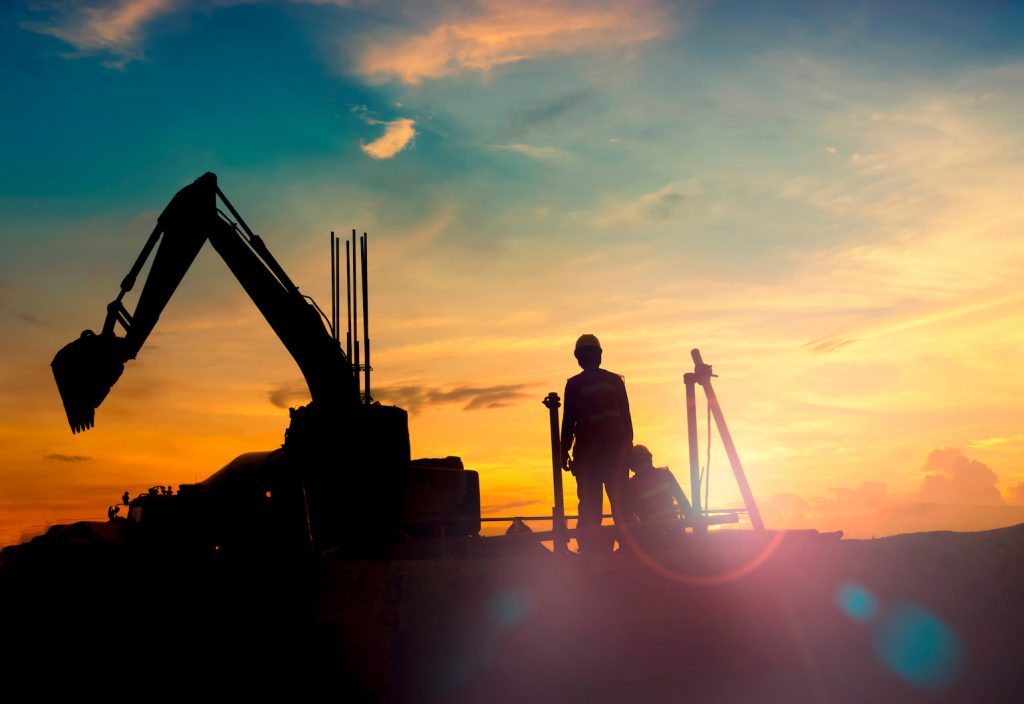It’s no longer good enough for engineers to approach their work as if it didn’t impact climate change, says Peter Bryant.
“It’s no longer good enough [to say] ‘I’m just doing my job’ if you believe in the challenge that the planet faces,” the managing director and board chair of Clareo said.
“It’s going to require people to step out of their comfort zone in their jobs as engineers and call out companies to say, ‘We need to do these things, and these are possible.’”
Bryant is putting forward this challenge because engineers will be crucial to creating a sustainable future.
“What we’re facing is not a regulatory and legislation challenge, but an innovation challenge,” he says.
“Engineers of every ilk … are critical to doing the kinds of innovation that are required to make the transition happen.”

Peter Bryant says these technologies include energy innovations such as grid-level storage, carbon sequestration, modular nuclear reactors and efficiency in existing infrastructure like buildings. He cautions that there are multiple dimensions to the problem.
“We focus on emissions and that’s not what a just transition to a cleaner energy future is about. We have to tackle emissions; we have to address social equality as we do this,” Bryant says.
“There’s a billion people in the world without electricity and another billion with inconsistent use. It’s okay for us in the West; we aren’t the big emitters anymore.
“How do we engineer solutions to get affordable, reliable, accessible energy – that’s as clean as possible – to these people as fast as we can? It’s not moral to exclude them from electricity, because that’s the path to prosperity.”
The big ideas
To make these changes, Bryant has identified four big ideas. One concerns the need for engineers and their leadership. The second involves inspiring and motivating more young people to enter engineering.
“You can make a real difference and we need you,” he says. “There’s a huge opportunity for young people to get into all the different aspects of engineering.”
The third idea relates to cross-collaboration: bringing engineers from different sectors together.
“I’m a big believer in bottom-up change versus top-down,” he says.
“Sometimes, engineering groups could start saying, ‘We’re collaborating across sectors; we’re doing it at this level’.”
His fourth point concerns the social dimensions of responding to sustainability challenges. Developing nations, for instance, cannot always use the same energy solutions as countries like Australia, he says.
“We’ve got a lot of examples where the [industrialised nations] overengineer everything so it’s really, really expensive,” Bryant says. “How can you come up with a different solution that’s affordable but still doesn’t compromise safety or any other of those other issues?”
Bryant will present at Engineers Australia’s Climate Smart Engineering conference this month, and as someone whose work involves advising minerals and energy companies on environmental and social governance, he has some ideas about how to transform this sector too.
“On the mining side, there’s a significant amount of challenges,” he says.
“If you want responsibly sourced minerals, there’s a lot of innovation that needs to occur, both in the extraction – particularly copper, even in lithium and nickel – and the processing.”
That involves reimagining mining itself.
“You’re not going to substitute a lot of these metals,” he says. “Society needs to rethink how it looks at the mining sector, because you can’t do this without mining.”
Bryant’s session at the Climate Smart Engineering conference will focus on how engineers can lead the clean energy transition. See the line-up of other speakers here.
